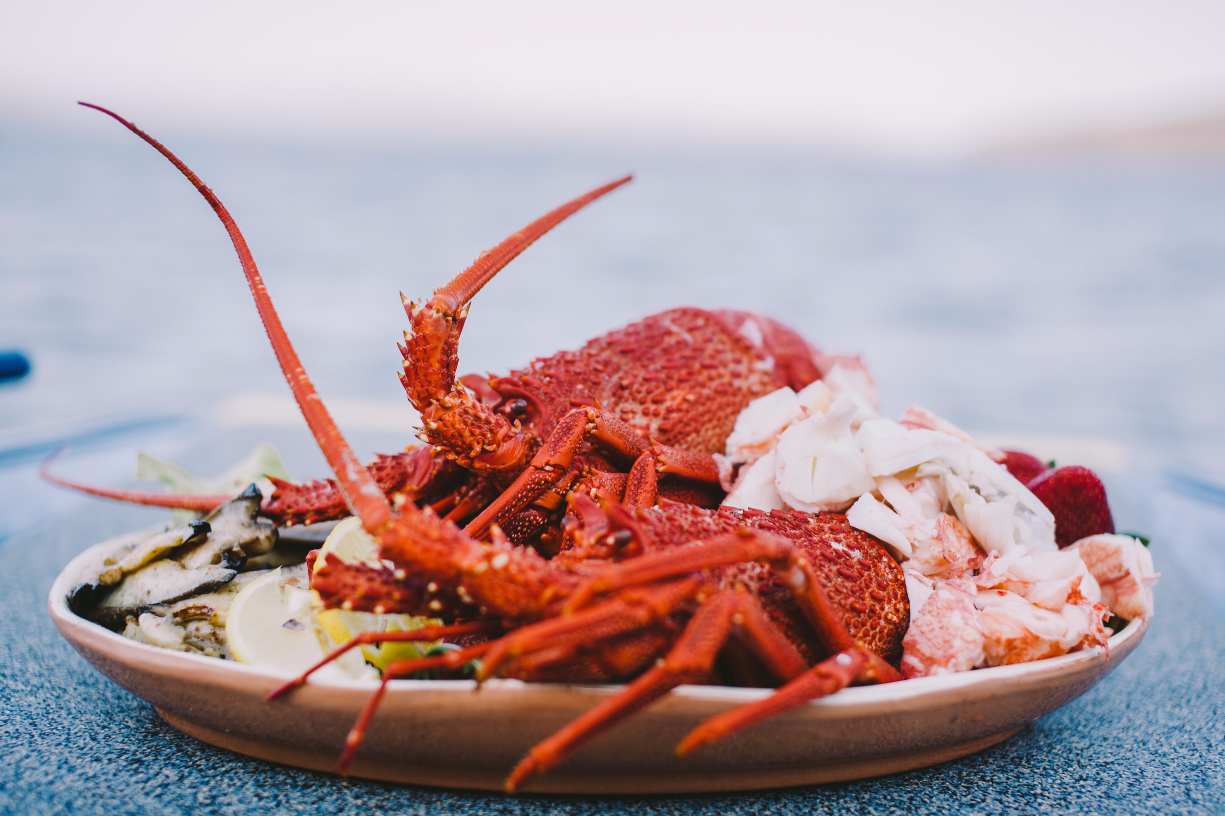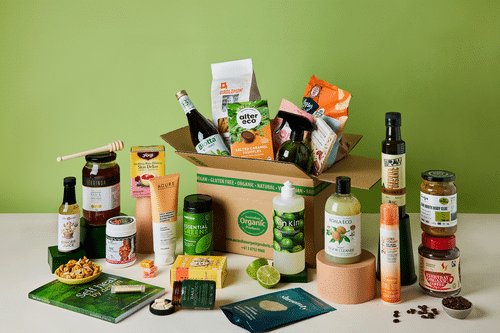Kangaroo Island travel tips are essential for anyone planning a trip to this breathtaking destination, known for its rugged coastlines, abundant wildlife, and pristine beaches. As Australia’s third-largest island, covering over 4,405 square kilometers, it offers a unique blend of adventure, relaxation, and nature experiences. With over 140,000 visitors annually, Kangaroo Island remains one of South Australia’s most treasured escapes. Whether exploring the majestic Flinders Chase National Park (Parks SA), encountering endangered Australian sea lions at Seal Bay (Seal Bay), or indulging in gourmet local produce, planning ahead is key to making the most of your trip.
The island’s climate is Mediterranean, with warm summers and mild winters. The best time to visit depends on what you want to experience. Summer (December to February) is the peak season, with temperatures reaching 35°C and attracting thousands of beachgoers to Emu Bay (South Australia Tourism). Autumn (March to May) offers cooler temperatures and fewer crowds, while winter (June to August) is perfect for spotting migrating whales along the southern coastline (Australian Geographic). Spring (September to November) is ideal for seeing over 800 species of wildflowers bloom across the island’s landscapes.
Travelers can reach Kangaroo Island via the Sealink Ferry from Cape Jervis, a 45-minute journey that transports over 160,000 passengers annually (Sealink). Alternatively, QantasLink operates direct flights from Adelaide to Kingscote, with fares ranging between AUD 200 and AUD 350 (Qantas). Upon arrival, renting a car is highly recommended, as over 80% of the island’s roads are unsealed (Budget Australia). For those seeking eco-friendly options, bike rentals are available in Kingscote, and the 60-kilometer Kangaroo Island Wilderness Trail provides a stunning hiking experience (Walking SA).
Kangaroo Island is famous for its wildlife, with over 50,000 kangaroos, 1,000 koalas, and hundreds of New Zealand fur seals roaming freely. Hanson Bay Wildlife Sanctuary is the best place to see koalas up close, while Lathami Conservation Park is a hotspot for kangaroo sightings (Australian Wildlife Journeys). Birdwatchers can visit American River, home to the endangered glossy black cockatoo, a species with fewer than 400 individuals remaining in the wild (BirdLife Australia).
Accommodation options range from luxury lodges like Southern Ocean Lodge, where rooms start at AUD 1,500 per night, to budget-friendly stays such as KI YHA Hostel, offering dormitory beds for AUD 40 per night (Booking.com). Dining on Kangaroo Island is an experience in itself, with Liguiran honey, freshly caught seafood, and locally produced wines among the highlights. Island Pure Sheep Dairy offers award-winning cheeses, while Dudley Wines provides ocean-view tastings (Dudley Wines).
Kangaroo Island travel tips also include packing essentials such as sturdy footwear for rugged trails, sun protection due to high UV levels, and binoculars for optimal wildlife viewing. With careful planning, visitors can experience the island’s natural beauty, rich wildlife, and exceptional local produce, making it a must-visit destination in Australia.
Best Time to Visit Kangaroo Island for an Unforgettable Experience
Understanding Kangaroo Island’s Climate
Kangaroo Island experiences a Mediterranean climate, with mild winters and warm summers. The island receives an average annual rainfall of 500 mm, mostly between May and August. Summers can reach highs of 35°C, while winters drop to around 8°C.
Visiting in Summer: December to February
During summer, the island welcomes around 200,000 visitors, making it the peak tourist season. The beaches, such as Vivonne Bay and Emu Bay, are ideal for swimming and snorkeling. However, due to the high demand, accommodation costs rise by about 30%.
Autumn and Its Tranquil Beauty
March to May sees a drop in temperatures and visitor numbers. The island’s vineyards, like Dudley Wines, produce some of their best harvests during this season. Wildlife is more active, with kangaroos and koalas frequently spotted.
Winter’s Unique Appeal: June to August
Winter sees fewer than 50,000 tourists annually. It is the best season for spotting southern right whales migrating along the coastline. National parks like Flinders Chase receive the highest rainfall, making waterfalls more vibrant.
Spring: A Season of Renewal
Spring, from September to November, is the best time for wildflower blooms, with over 800 plant species recorded on the island. The weather remains mild, with daily temperatures averaging around 18°C, making it perfect for hiking.
Kangaroo Island travel tips emphasize visiting in spring or autumn for fewer crowds and optimal weather conditions. The best time depends on whether one seeks adventure, wildlife spotting, or peaceful landscapes.
Top Attractions You Shouldn’t Miss on Kangaroo Island
Flinders Chase National Park and Remarkable Rocks
Flinders Chase spans over 326 square kilometers and is home to the famous Remarkable Rocks, formed over 500 million years. Over 100,000 visitors explore the park annually.
Seal Bay Conservation Park
Seal Bay is home to one of the largest Australian sea lion colonies, with around 800 individuals. Guided tours allow visitors to observe these marine mammals up close.
Admirals Arch and New Zealand Fur Seals
Located at Cape du Couedic, Admirals Arch is a natural limestone formation. Below it, hundreds of New Zealand fur seals can be seen, particularly during winter when they give birth.
Vivonne Bay and Its Crystal-Clear Waters
Recognized as one of Australia’s best beaches, Vivonne Bay stretches 5 kilometers along the southern coast. The area is known for fishing, surfing, and beachcombing.
Kelly Hill Caves and Underground Wonders
These limestone caves showcase spectacular stalactite formations. Guided tours reveal fascinating geological details, including fossils dating back thousands of years.
Kangaroo Island travel tips suggest allocating at least three days to explore these attractions fully. Each site offers a unique experience, from wildlife spotting to coastal adventures.
How to Get to Kangaroo Island and Navigate Like a Pro
Ferry Services from Cape Jervis
The Kangaroo Island Sealink Ferry departs from Cape Jervis, carrying over 160,000 passengers annually. The journey takes about 45 minutes, with tickets costing approximately AUD 100 for a round trip.
Flights from Adelaide to Kingscote
Kingscote Airport receives regular flights from Adelaide, with a flight duration of 30 minutes. QantasLink operates daily flights, and ticket prices range between AUD 200 and 350.
Renting a Vehicle for Ultimate Convenience
Over 80% of Kangaroo Island’s roads are unsealed, making a 4WD vehicle the best option. Car rentals start at AUD 100 per day, with fuel prices averaging AUD 2 per liter.
Public Transport and Tour Options
Public transport is limited, but guided tours are available, covering major attractions. The one-day island tour costs around AUD 300 per person.
Cycling and Walking for an Eco-Friendly Experience
Cycling is a sustainable way to explore the island, with several bike rental services available in Kingscote. Walking trails, such as the Kangaroo Island Wilderness Trail, span over 60 kilometers.
Kangaroo Island travel tips recommend booking transport in advance, as availability is limited, especially during peak seasons. Proper planning ensures a seamless travel experience.
Wildlife Encounters: Where to See Kangaroos, Koalas, and More
Kangaroos at Lathami Conservation Park
Kangaroo Island’s subspecies of western grey kangaroo are commonly seen at Lathami Conservation Park. The population exceeds 50,000, making encounters almost guaranteed.
Koalas at Hanson Bay Wildlife Sanctuary
With over 1,000 koalas, this sanctuary is the best place for spotting them in eucalyptus trees. These marsupials consume up to 500 grams of leaves daily.
Echidnas and Their Unique Habits
Short-beaked echidnas can be found throughout the island. Weighing between 2 and 7 kilograms, they are often seen foraging for ants and termites.
Sea Lions at Seal Bay
Seal Bay Conservation Park is home to about 800 Australian sea lions. Unlike fur seals, they rest on the beach and interact closely with visitors.
Birdwatching at American River
Over 260 bird species inhabit Kangaroo Island, with American River being a prime location. Pelicans, black swans, and rare glossy black cockatoos are frequently spotted.
Kangaroo Island travel tips highlight early morning and late afternoon as the best times for wildlife spotting. Respecting animal habitats ensures a safe and ethical experience.
Where to Stay: Best Accommodations for Every Budget
Luxury Stays at Southern Ocean Lodge
This high-end lodge offers ocean views and gourmet dining, with nightly rates starting at AUD 1,500. It was rebuilt in 2023 after the 2020 bushfires.
Mid-Range Comfort at Kangaroo Island Seafront
Located in Penneshaw, this accommodation provides comfortable rooms with sea views, starting at AUD 250 per night.
Budget-Friendly Options at KI YHA Hostel
Backpackers can find dormitory-style accommodation at KI YHA Hostel for as low as AUD 40 per night.
Camping at Western KI Caravan Park
Campsites start at AUD 30 per night, with amenities including BBQ areas and showers. The park is near Flinders Chase National Park.
Farm Stays for an Authentic Experience
Several farms offer stays, where guests can experience local life. Prices range from AUD 100 to 300 per night.
Kangaroo Island travel tips suggest booking early, especially in summer, when accommodations fill up quickly.
Must-Try Local Foods and Dining Spots on the Island
Fresh Seafood from Kangaroo Island
Local fisheries supply fresh lobster, oysters, and King George whiting. The Oyster Farm Shop in American River is a must-visit.
Ligurian Honey and Its Unique Flavor
Kangaroo Island has the world’s only pure Ligurian honey bee population. Over 1,500 hives produce this sought-after honey.
Island-Produced Wines and Spirits
Dudley Wines and Islander Estate Vineyards produce award-winning wines. Kangaroo Island Spirits specializes in gin infused with native botanicals.
Farm-to-Table Dining at The Enchanted Fig Tree
This dining experience offers seasonal menus featuring island-grown ingredients.
Locally Made Cheeses and Dairy Products
Island Pure Sheep Dairy produces premium cheeses and yogurts, using fresh milk from free-range sheep.
Kangaroo Island travel tips recommend trying these delicacies for a true taste of the island’s rich culinary heritage.
Essential Packing Tips for a Smooth Kangaroo Island Adventure
Weather-Appropriate Clothing
Lightweight clothing for summer and warm layers for winter are essential. The island’s weather can change suddenly.
Sturdy Footwear for Exploring
Hiking trails and unpaved roads require durable shoes. Waterproof options are recommended for winter.
Sun Protection and Insect Repellent
With UV levels often above 10, sunscreen, hats, and sunglasses are crucial. Mosquito repellent is needed, especially near wetlands.
Emergency Supplies and Medications
There are only two pharmacies on the island, so carrying necessary medications is advised. A basic first-aid kit is also recommended.
Camera and Binoculars for Wildlife Viewing
Photography enthusiasts should bring a zoom lens for capturing wildlife, while birdwatchers benefit from binoculars.
Kangaroo Island travel tips emphasize preparing for varied conditions to ensure a comfortable and enjoyable trip.




